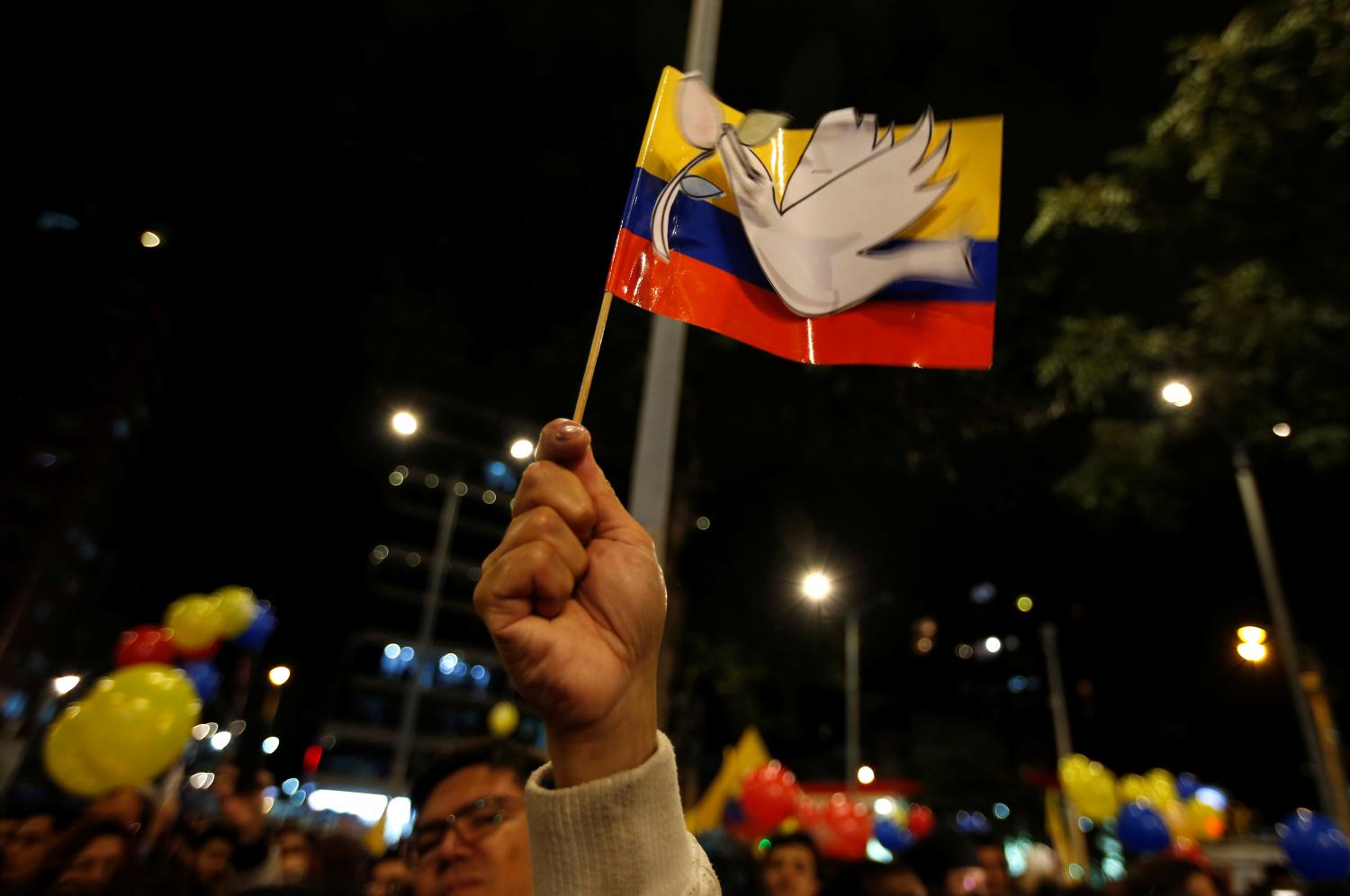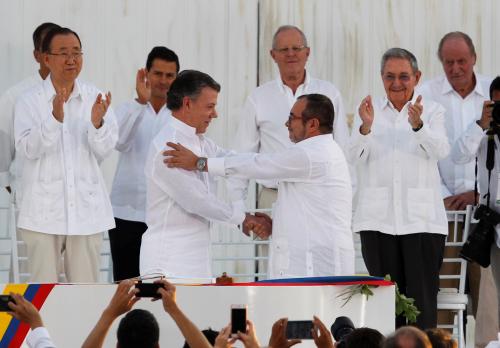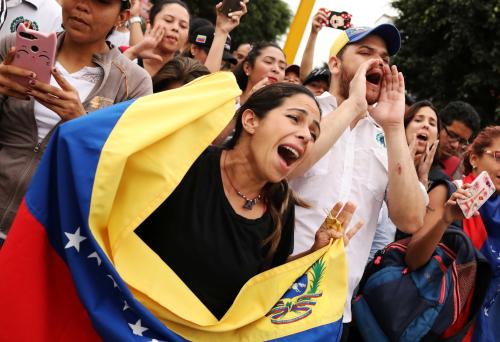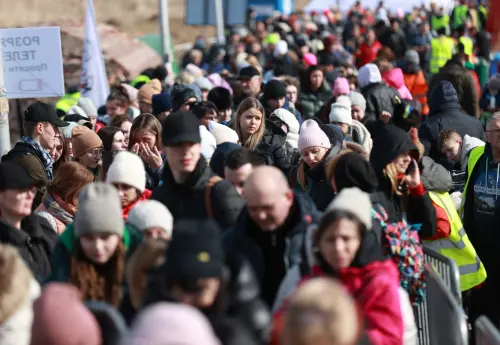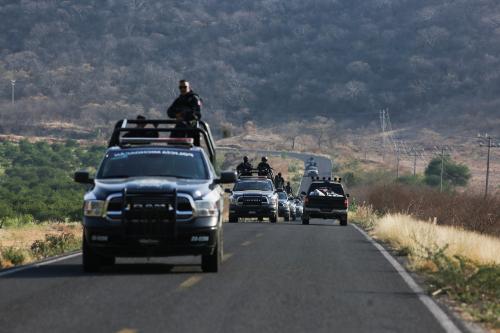Executive summary
To wind down a 50-year war, the Colombian state and the Fuerzas Armadas Revolucionarias de Colombia-Ejército Popular (FARC-EP) agreed in November 2016 to stop the fighting and start addressing the underlying causes of the conflict—rural poverty, marginalization, insecurity, and lawlessness. Central to their pact is an ambitious effort to address the conflict’s nearly 8 million victims’ rights to truth, justice, reparations, and guarantees of non-repetition through a comprehensive process of transitional justice.
Thirty months after Colombians adopted the historic agreement to much international applause, what can be said about Colombia’s complex process to mete out enough justice to heal the wounds of war and prevent a return to violence? Can the Colombian government deliver on the promises of peace, and does it have the political will to do so? Which elements of the transitional justice process are working, and which are at risk? How should the United States and other members of the international community play their parts? And, assuming implementation stays on track, does Colombia’s peace with justice strategy offer a new model for resolving other conflicts around the world? This paper, based on nine months of research and field-based interviews with key actors involved in implementation of the Colombian peace accord, attempts to answer these questions surrounding Colombia’s approach to peace and transitional justice. It finds that, after an initial if improvised phase of demobilization and disarmament, implementation has become trapped in a pattern of intense political contestation and controversies. Political disputes surrounding national elections in 2018 and the acceptance of the accord itself (particularly its justice-related elements) have hampered progress and raised questions about its fate. Nonetheless, key aspects of the accord relating to transitional justice—a commission on truth and reconciliation and on missing persons, a special tribunal for determining accountability for human rights violations, protection for ex-FARC-EP fighters and community leaders, and reparations to victims—are moving forward in fits and starts. The heavy demands of addressing multiple challenges simultaneously—reintegrating ex-combatants, tackling illicit drug production, fighting reorganized criminal armed groups, and building a state presence for rural development—are taxing, if not overwhelming, the government’s capacity to keep the process on track. Mixed signals from the administration of President Iván Duque, along with defections from within the FARC leadership and splintering of armed groups, are raising serious questions about whether the accord will achieve its ultimate aims of incorporating all Colombians into a process of building peace and security. To build on earlier progress, the Colombian government must now accelerate implementation of measures to address the underlying structural causes of the conflict, especially rural development, land reform, and crop substitution. Critically, it must establish a permanent presence of effective civilian and security institutions throughout the country. It is essential also to strengthen protection for victims, social leaders, and demobilized fighters and allow the transitional justice institutions to do their jobs with the resources they need for a robust, nationwide effort toward reconciliation and peacebuilding. The central bargain of the peace deal—ending the fighting and cooperating with the truth and justice process in exchange for more lenient punishments for certain crimes—is worth protecting and deserves active support and continued monitoring from the United Nations and its member states, especially the United States.
The Brookings Institution is committed to quality, independence, and impact.
We are supported by a diverse array of funders. In line with our values and policies, each Brookings publication represents the sole views of its author(s).

